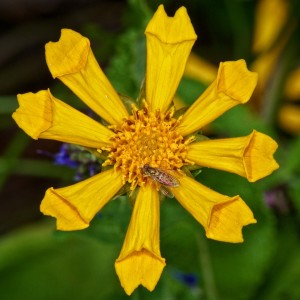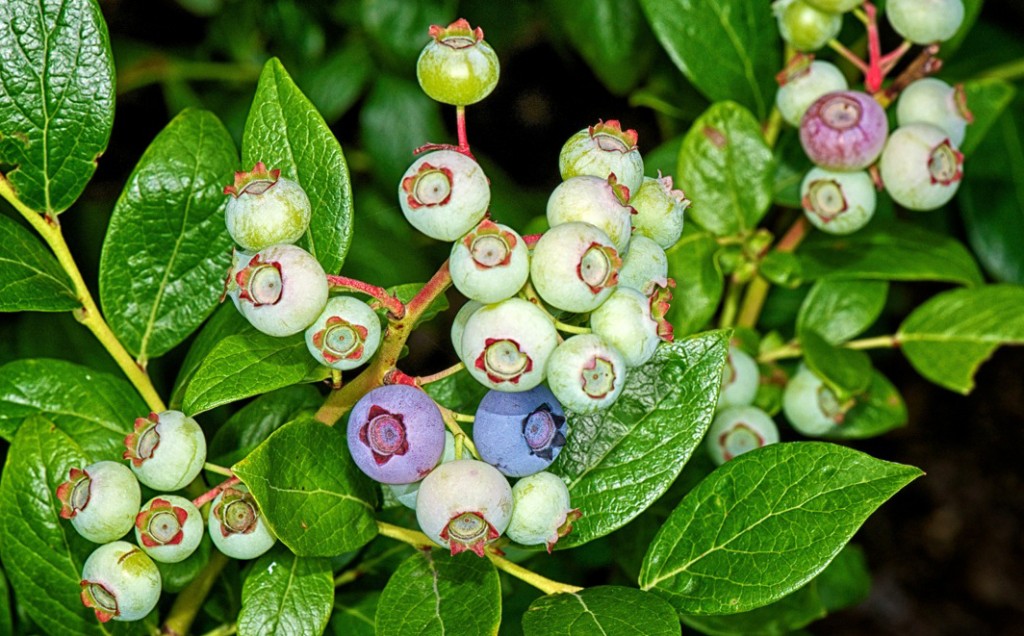Botanical Fireworks
Posted in Gardens and Collections on July 3 2013, by Thomas Andres
Thomas Andres is an Honorary Research Associate with The New York Botanical Garden.

This Fourth of July, remember to look around you for pyrotechnics in the Garden. I don’t mean to suggest there will be literal fireworks at your feet, of course. Perhaps the closest a plant comes to that is the lowly clubmoss (Lycopodium sp.), which is actually a fern ally and not a true moss. In the fall, gathered spores from clubmoss are highly flammable and have been used for generations to make flash powder. Today you may only see it used by magicians, but it was once popular in early photography as a rudimentary flash for large format cameras, not to mention its use in actual fireworks.
The pyrotechnics I am talking about are the plants that bear a resemblance to our favorite fireworks in various ways. Some even have names that suggest this, such as ‘Giant Sunburst’, firecracker flower, flaming sword, and torch lily. They have the advantage over real fireworks by making a show in the daytime with a much longer-lasting display, making them much easier to photograph. They are also considerably more diverse, and I’d say more beautiful, albeit without the bang.

I have included a picture of blueberry for a different reason, namely because it is one of the few plants from North America that was domesticated for human consumption. Therefore you can think of it as patriotic to recognize this economically important species on Independence Day. The fact that its fruits are blue, one of the colors of our flag, also helps.
[Not a valid template]See what other natural fireworks you can find in the garden. And for a night show, check out the fireflies that are now at their peak in New York’s local parks and woods. Different species, of which there are several locally, give off different patterns of bioluminescence in their mating ritual.
All right, the other fireworks are fun to watch, too, for the brief moment they are visible on July the Fourth.


that is so interesting about the spores being used to make flash powder….the onion and toothpick weed have shapes that are so similar it’s uncanny…Happy 4th!